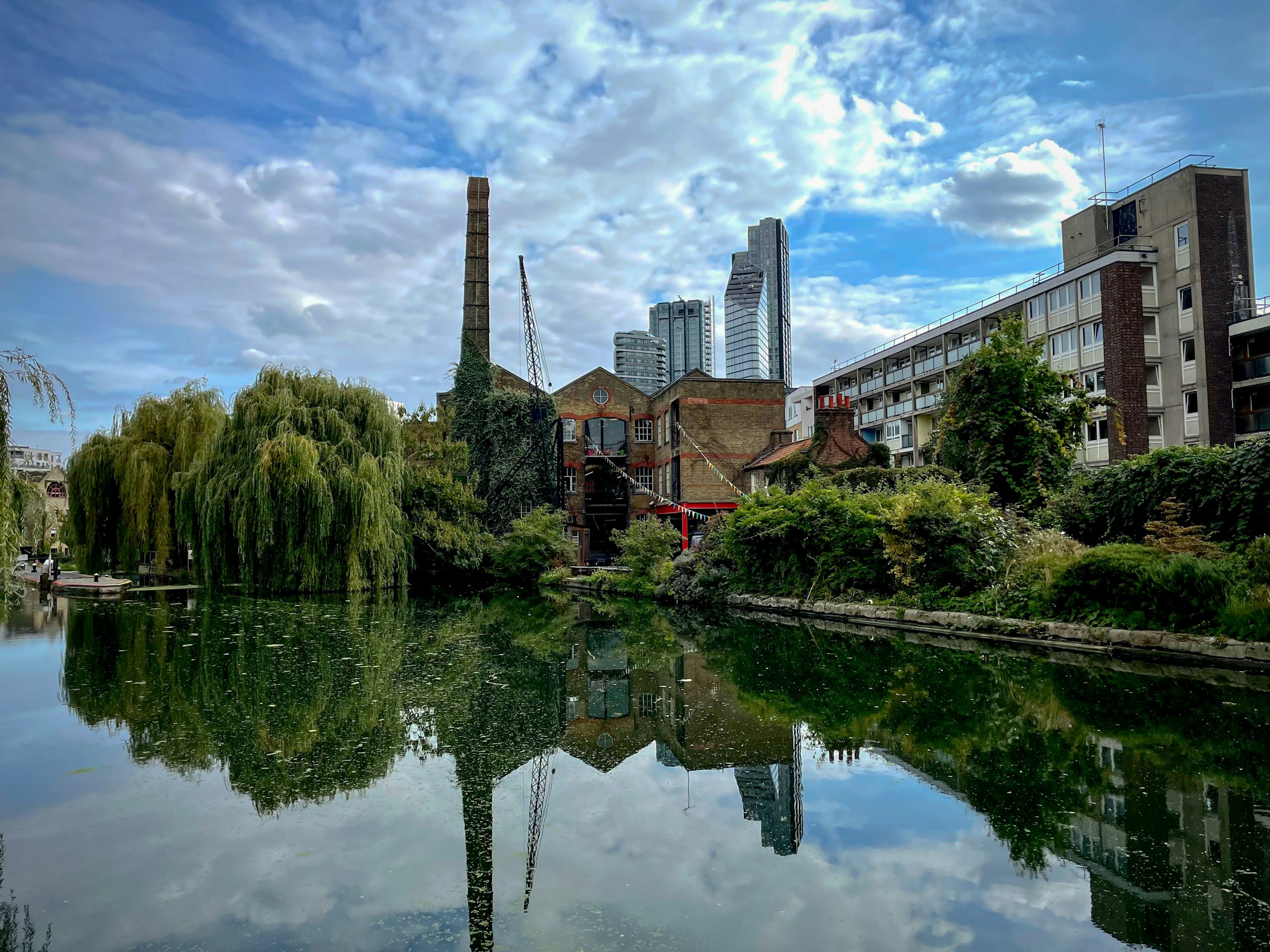Building a community focused on sustainable living is a concept that has taken root in many societies across the globe. In the UK, the idea is gaining traction as more people become conscious of their environmental footprint and seek to live in harmony with nature. The essence of such communities is rooted in the principles of sustainability, localness, and social innovation. It takes a comprehensive approach to address several aspects of living such as housing, food, energy, and transportation, among other things. But how does one go about creating such a community?
Establishing a Vision for the Community
Before embarking on the journey of creating a sustainable community, it is crucial to establish a clear vision that will guide all your actions. This vision will serve as the cornerstone of the project and provide a sense of direction for all your undertakings. It should encapsulate the values of sustainability, localness, and social innovation.
Also to read : Tips for cleaning diesel particulate filters
When developing your vision, consider the kind of sustainable community you aspire to create. Do you want it to be a rural or urban community? What kind of lifestyle do you envision for the residents? What environmental goals do you want the community to achieve? All these considerations will inform the kind of vision you create. Hold open discussions with potential community members, seeking their input and feedback, because after all, they will be the ones living in the community.
Planning and Designing the Community
Once the vision is in place, the next step is to translate it into a physical place. This is where careful planning and thoughtful design come into play. A sustainable community isn’t just about the buildings; it’s about how people live, work, and interact with each other and the environment.
Also read : What Are the Latest Developments in Drought-Resistant Crop Research in the UK?
Several considerations should guide the planning and design process. Think about the size and density of the community, the kind of housing, the infrastructure for transportation, waste management, and energy. Sustainability should be the guiding principle in all these aspects.
Consider UKRI ESRC-funded research and development projects for inspiration, such as the BedZED eco-village in London, which showcases energy-efficient buildings, renewable energy, and a car-free policy. Such projects can provide valuable insights that can inform your own planning and design process.
Funding the Project
Developing a sustainable community requires significant funding. However, the good news is that there are various sources of funding available for such projects. You can seek grants from governmental and non-governmental organisations that support sustainable initiatives.
UKRI, for instance, has been known to fund projects that promote sustainability and social innovation. Crowdfunding and community shares are other viable options. Involving the community in the funding process not only eases the financial burden but also fosters a sense of ownership and commitment among the community members.
It’s also worth considering how the community will become self-sustainable in the long run. Could you devise a business model that supports the community financially while still aligning with the values of sustainability and localness?
Building the Community
With the vision, plan, and funding in place, it’s time to start building the community. This is where the work truly begins. It involves sourcing for sustainable, locally-sourced materials, hiring skilled labor, and progressively constructing the community based on the plan you designed.
Throughout the building process, it’s crucial to stay true to the principles of sustainability and localness. It’s also important to keep the community informed and involved, as this will not only keep them engaged but also enable them to better understand the project and its benefits.
Nurturing Community Life
A community is more than just a collection of buildings; it’s about the people who live there and the life they lead. Cultivate a community spirit that encourages cooperation, shared responsibility, and mutual support. Foster a culture of sustainability by promoting environmental consciousness, recycling, and minimal waste.
Furthermore, a sustainable community should be a place of innovation where new ideas are nurtured and implemented. Encourage members to come up with innovative solutions to common problems. This could involve creating a communal garden to grow food, setting up a recycling station, or starting a carpooling scheme.
Building a community focused on sustainable living is a noble and ambitious project. It takes time, effort, and dedication. However, the rewards are well worth it. Not only will you be creating a healthier, more sustainable environment for yourselves and future generations, but you will also be making a significant contribution to the global sustainability movement.
Financing Sustainable Communities: Opportunities and Approaches
Securing the necessary funds for a project of this magnitude might seem daunting. Fortunately, numerous financing options are available for those invested in promoting environmentally sustainable living. An array of local authorities, charitable institutions, and governmental bodies provide grants and funding opportunities to support such innovative and planet-friendly initiatives.
Charitable foundations, such as the National Lottery Community Fund, offer significant grants to projects that promote environmental sustainability and community development. Additionally, UK organisations such as the Department for Environment, Food and Rural Affairs (DEFRA) and the Environment Agency provide funding service for projects that mitigate climate change and enhance local environments.
A crucial aspect of securing funding is to clearly articulate your vision and desired outcomes. This means making a compelling case for how your sustainable community will contribute to broader environmental and social goals. Also, consider engaging local businesses and residents in your funding efforts. Crowdfunding and community shares can be a powerful way of raising capital.
Remember, the aim is to build a self-sustaining community. Therefore, consider how the community will financially support itself in the long-term. It might involve creating local enterprises, such as a farmers market or a craft shop, which aligns with the community’s ethos and generates a steady income.
Concluding Thoughts: Building Towards a Sustainable Future
Building a community centred on sustainable living is a monumental task, but the rewards are far-reaching and significant. Such an endeavour is more than just the creation of an environmentally sustainable habitat. It’s a commitment to a way of life that values the planet, cherishes localness, and nourishes social innovation.
In creating a sustainable community, you are not only cultivating an environment where people live in harmony with nature, but you’re also nurturing a space where new ideas can flourish. These places represent a beacon of hope for a sustainable future. They offer a roadmap for how communities can adapt and thrive amidst the pressing challenges of climate change.
Moreover, sustainable communities set a precedent for real estate development. As more people become conscious of their environmental footprint, the demand for sustainable housing is set to increase. By pioneering sustainable community development, you’re not just making a difference today, but charting a course for future generations.
Building a community focused on sustainable living requires a clear vision, meticulous planning and design, substantial funding, and a whole-hearted commitment to nurturing community life. It’s not an easy task, but the potential to make a significant impact on the environment and people’s lives makes it a venture worth pursuing. Remember, the journey to a more sustainable world begins with steps like these, taken by committed individuals and communities. Let’s build towards a more sustainable future – together.











